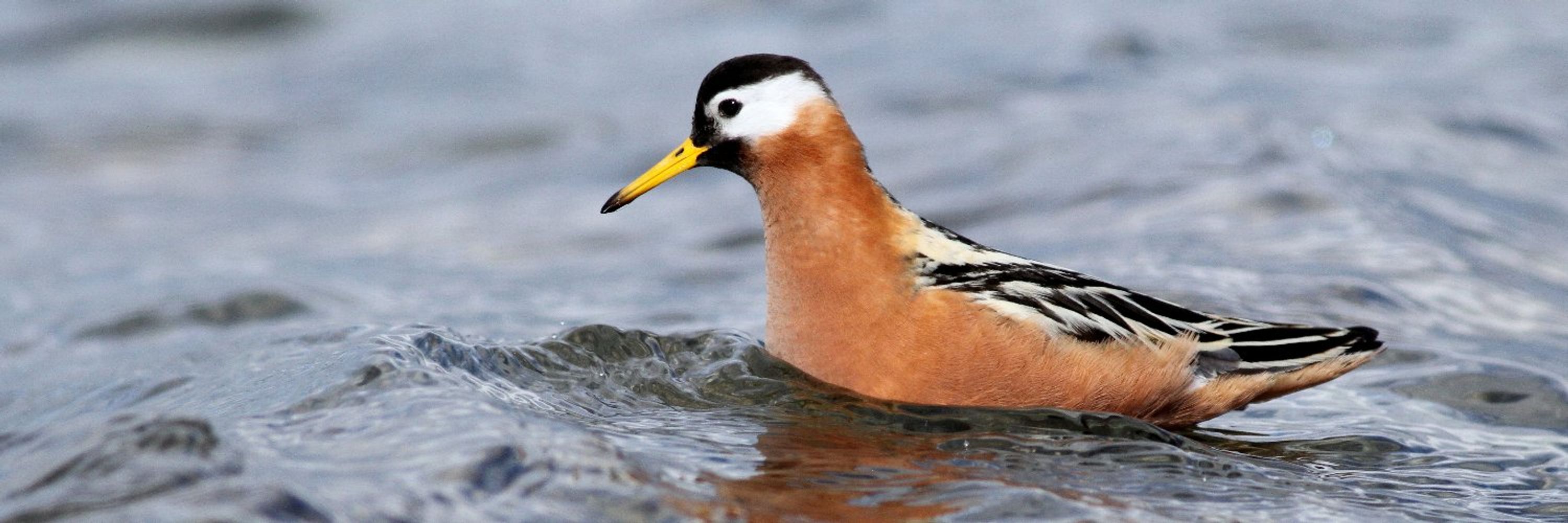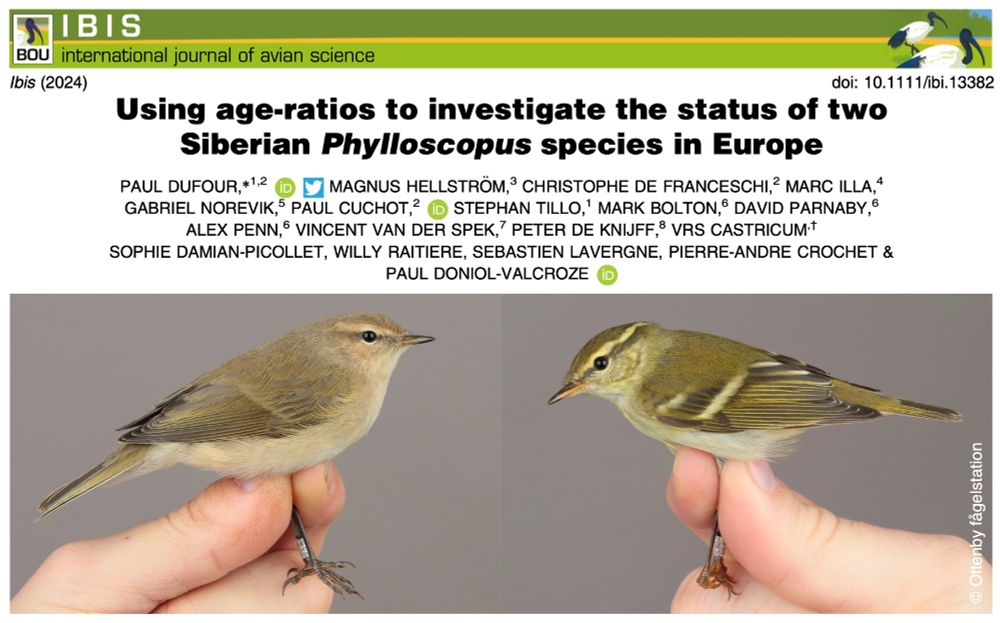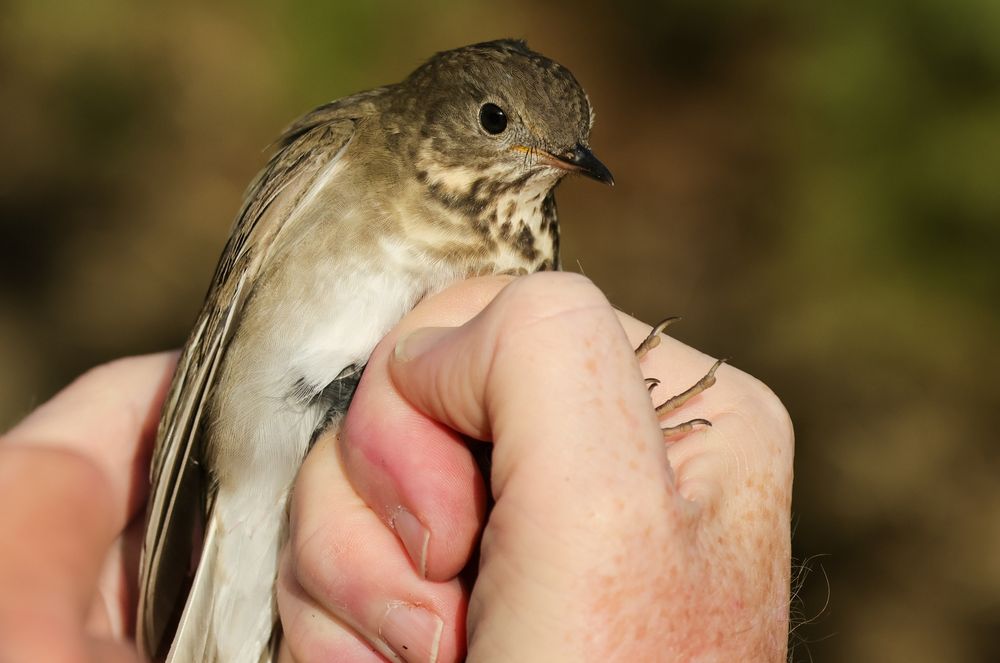Paul Dufour
@pauldufour80.bsky.social
630 followers
470 following
32 posts
Birder | Research Associate at Swiss Ornithological Institute @vogelwarte.bsky.social 🇨🇭
Interested in the evolution of bird movements and how they can influence evolutionary processes
https://pauldufour80.wordpress.com/
Posts
Media
Videos
Starter Packs
Pinned
Reposted by Paul Dufour
Reposted by Paul Dufour
Reposted by Paul Dufour
Reposted by Paul Dufour
Reposted by Paul Dufour
Reposted by Paul Dufour
Reposted by Paul Dufour
Reposted by Paul Dufour
Reposted by Paul Dufour
Reposted by Paul Dufour
Reposted by Paul Dufour
Reposted by Paul Dufour
Reposted by Paul Dufour
Josef Uyeda
@pseudacris.bsky.social
· May 21
Reposted by Paul Dufour
Reposted by Paul Dufour
Paul Dufour
@pauldufour80.bsky.social
· Sep 4





![Recovery sites (orange) of 22 Yellow-browed Warblers (Phylloscopus inornatus), which were ringed in Europe during a same autumn season (blue; EURING data). The red triangle indicates the interannual and winter ringing recovery from Spain near Tarifa [26]](https://cdn.bsky.app/img/feed_thumbnail/plain/did:plc:sdtiecb2gwh7rvre33iwlt7j/bafkreiaeearc5yczimoowhojpwwa4bzvl6vg6a4ctl5fah3thwnzwq3tsi@jpeg)


















